The southern part of Kenya is a real unknown as many safari tours do not pass through this area because it falls quite far from the rest of the tourist spots and you will have to expressly ask them to include it within the route if you really want to go there. The other option is to do it on your own, an option we fully recommend as there is one of the most popular parks in Kenya: the Amboseli.
Located next to the Tanzanian border, Amboseli is a national park where you can enjoy a large number of elephants and the majesty of Kilimanjaro, the highest mountain in Africa located in Tanzania. During clear sky days, you will be able to see the silhouette of one of the most special mountains in the world as you observe herds of elephants walking around you.
It is the territory of the Masai tribe and, therefore, a place where you can delve into its culture and learn more about its history. If you want to know more about tribes in Kenya, you can click here.
How to get there?
To get to Kimana, which is the town that serves as the gateway to visit the Amboseli National Park, there are different routes depending on where you come from:
The most common is to use the road from Nairobi to Mombasa and turn right onto the C102 until you reach the town of Kimana. Once you have passed this town, you will find a sign to turn right towards the park. From Kimana to Lake Chala, you will need to follow the road that passes through Kuku, cross a part of Tsavo West N.P, and turn right towards Chala/Taveta.
But as we came from Diani Beach, we did it in reverse, we reached Taveta and there once in Lake Chala, we made the journey described above in reverse to Amboseli. Once at the Amboseli, we headed to the Samburu, in the north of the country.
What to bring?
Like all safaris, it is important to keep the following recommendations in mind when packing before you go:
- Take only the necessary in your backpack: We tend to put everything in our suitcases, although we can usually save them “just in case”. We must keep in mind that the backpack or suitcase we take is preferably made of fabric/canvas, which is not rigid, as in safaris there is not much space inside the car and luggage is usually placed on top of the vehicle to save space.
- Take very diverse clothes: In Kenya temperatures change a lot during the day. It is usually cool in the mornings and evenings, while at noon it is usually very hot. Long pants in the morning/evening, along with long-sleeved T-shirts/shirts will protect you from the cold as well as from mosquitoes. It is important to wear light and comfortable clothes, with which you feel comfortable and can make many types of movements. At the same time, keep in mind that dark colors, such as navy blue, attract insects, especially the tsetse fly that is active during the day. It is advisable to wear natural colors such as: dark green, khaki, brown, beige…
- Highly recommended to wear sunglasses, a hat or headscarf, sunscreen and lip balm.
- Include a raincoat inside your backpack. It often rains unexpectedly and suddenly, so having a raincoat on hand can be helpful in not ending up wet like a duck. It also goes well as wind protection in the early hours of the morning or evening.
- Bring good binoculars and/or a good camera. They will help you to see the animals you find much better, which you sometimes do not find on the side of the road. If you like photography, keep in mind that it is good to have a telephoto lens of about 300, with extra spare batteries, a good cleaning kit for the material because there is a lot of dust, enough memory cards and some filters that also protect the telephoto lens.
- Travel with a good health insurance. We recommend that you hire Chapka Insurances, a company that offers tailor-made packs for your trip. If you click here, you will get a% discount.
Permits and prices
Entrance fee to the Amboseli, when we went there in the summer of 2021, was 35$ per person. In this price, you must include a fee of 300 KSH if you enter with your car (less than six seats).
On the other hand, to enter Lake Chala you will have to pay 50 KSH per person and a fee of 150 KSH per car. We asked the lodge keeper (now closed) at the top of the crater if we could spend the night there and without having to pay anything, we stayed overnight in that fantastic place with spectacular views.
What to do in Kimana and Amboseli area?
In this southern part of the country that is very near Tanzania, there are different activities to do including:
– Enjoy the fantastic views of Lake Chala
Lake Chala is located on the border of Kenya and Tanzania, in a less touristy area. It is a fascinating crater located just east of the great Kilimanjaro, so if you are lucky you will be able to see it from there. The lake is located 8 kilometers north of Taveta, Kenya, and about 60 kilometers east of the city of Moshi in Tanzania.
Lake Chala was born 250.000 years ago after volcanic activity on Mount Kilimanjaro and is one of the oldest volcanic lakes in the country. The edges of the crater are 171 meters high. The water in the lake comes mostly from groundwater and is 98m deep.
Depending on when you go there, the color of the lake waters varies from green, turquoise to deep blue, caused by the freshwater currents beneath the crater. During your visit, you can swim, rent a boat for a walk on the lake and fish. The lake has fairly clear paths to go down to the shore of the lake. We weren’t lucky, but catching the magnificent view of Mount Kilimanjaro on a clear, sunny day should be a spectacular experience.
– Immerse in the Massai culture living with a family
We camped in the grounds of Peter and Jacqueline’s Masai family. They have a beautiful expanse of land next to their boma (the place where the Masai live) where you can camp for a modest price. In addition, they are building a shower and a toilet for more comfort for future visitors.
Living with a Masai family is the best way to get to know how they live, what their traditions are and to exchange different points of view. If you want to know more about Masai culture, click here.
Peter accompanied us on a walking tour of the Masai lands around the Amboseli, where they live. It was very nice because it taught us different important places for them: we visited the community school, the water points where they collect water for their homes and where the cattle water every day after the pastures, other bomas from neighboring families …
Also, on this walking tour, we were able to see animals. As we have said more than once, animals do not understand borders, and this is a good example. Every day the animals enter the park to go and drink water in the different lakes that exist, but they pass through the Masai territory of the community. So with the walking route we could see quite a few. Later, we went in our car with Peter and Jacqueline in search of the elephants. We saw many, many! Great herds going to the Amboseli to drink water! After this fantastic experience, we decided not to go inside the park (we had already seen many elephants) and take advantage of the last moments with them.
– Enjoy Amboseli NP
If you have the time and budget, we recommend that you visit the Amboseli Natural Park. As we are traveling for a year, we decided to save the entrance fee and after the experience with the family of Peter and Jacqueline, we had decided not to enter in Amboseli NP. Crowned by Mount Kilimanjaro, the highest peak in Africa, Amboseli National Park is one of Kenya’s most popular parks as a great place to see large herds of elephants. The name “Amboseli” comes from a Masai word meaning “salted dust”.
Nature lovers can explore five different habitats ranging from the dried-out bed of Lake Amboseli, wetlands with sulfur springs, savannah and forests. If you’re lucky, you’ll be able to see the Big Five.
From Observation Hill (a panoramic viewpoint), you can get an overview of the entire park, especially swamps and elephants, and see many animals such as buffalo, hippos, and a variety of waterfowl (like pelican, the Egyptian goose …).
Where to sleep?
– Camping on top of Lake Chala: We did wild camping near the lodge which is now closed, from the top of the lake crater. We asked the guard for permission and he let us spend the night there setting fire under the stars and the views of the lake.
– Camping with Peter and Jacqueline masai family: If you want to go to the Amboseli and want to live a complete experience this is your place. It is located very close to the Kimana Gate, by a dirt road which is quite good. The campsite will have a toilet and shower for visitors at a modest price. You will be able to live with this beautiful family, share fires on the ground and starry skies, and if you feel like it, visit the Masai lands under the guidance of Peter, who we already consider our friend. Go for it, you won’t regret it. If you want to contact them, you can call Peter on the phone: 0745283512 and you want to contact them via Whatsapp, you can text his cousin Ole Keleya (+254 717 044226).
– Kimana Community Campsite: Nice campsite next to the Kimana Gate of Amboseli park, just before entering. The price for camping is 1,000 KSH per person per night. You can sleep in tents for about 5,000 KSH a night for two people. They have cold showers and toilets. Good views of Kilimanjaro. They have a bar and restaurant.
– We4Kenya Guesthouse: Accommodation a few km from the entrance of Kimana. They have rooms in tents or cottages. You can also camp there. Prices around 60$ per tent (2 people) and 80$ the cottage for two people. You can check their website here.
Our route
DAY 1: It was the first day we drove the car through Kenyan lands after picking it up in Mombasa and taking it to Diani Beach to prepare the beginning of our adventure. The road started without too many complications and with changing landscapes until we reached Lake Chala in the late evening. There, after paying the entrance fee, we drove up to the top of the crater where we took the opportunity to go down to the shore of the lake and talk to some fishermen. Then we went to the lodge which is now closed, and after talking to the guardian we settled there. The first night by car and we would already do free camping, the adventure promised! We fell asleep under a starry sky and with good views of the lake held back in our retinas.
DAY 2: The second day we headed to Kimana, the gateway to the Amboseli Natural Park. After making some arrangements in the city looking at an issue of our car’s clutch, we headed to Kimana Gate where Peter was waiting for us to head to his house. There, next to his boma, his children and relatives were waiting for us, very happy that we had arrived. We settled in the front yard and spent the afternoon playing with the kids and talking to the adults. At night, around a giant bonfire, we shared stories and adventures.
DAY 3: The next day we got up to take a tour of the surrounding Masai lands. Peter wanted to show us his territory and that of his neighbors, how they lived and how they cared for their herds of cows. We also went through the community school where they told us how they worked and what shortcomings they had. Among the whole community, they try to give a meal a day to all the boys and girls who attend the school.
Aside from that, we could see many animals going in search of water from Amboseli Park and were crossing the Masai lands. The feeling of walking and being vulnerable to any animal, gave more excitement to the walk. At noon we took the car with Peter and Jacqueline, and took a tour of the lands around the park, where we could see giant herds of elephants. It was spectacular! We had never seen so many elephants together! In the afternoon, we were lucky that the sky cleared and we could see the silhouette of Kilimanjaro in front of us. The highest mountain in Africa in front of our eyes!
DAY 4: Early in the morning we took another tour of the Masai lands near the park to see more elephants. We saw many of them again and especially a very old one with very long tusks that the Massai know as Teddy. Then we said goodbye to the family, knowing it wouldn’t be the last time we would see each other again. If there was a chance, we would come back and with more days to be able to enjoy what we already consider to be our friends.

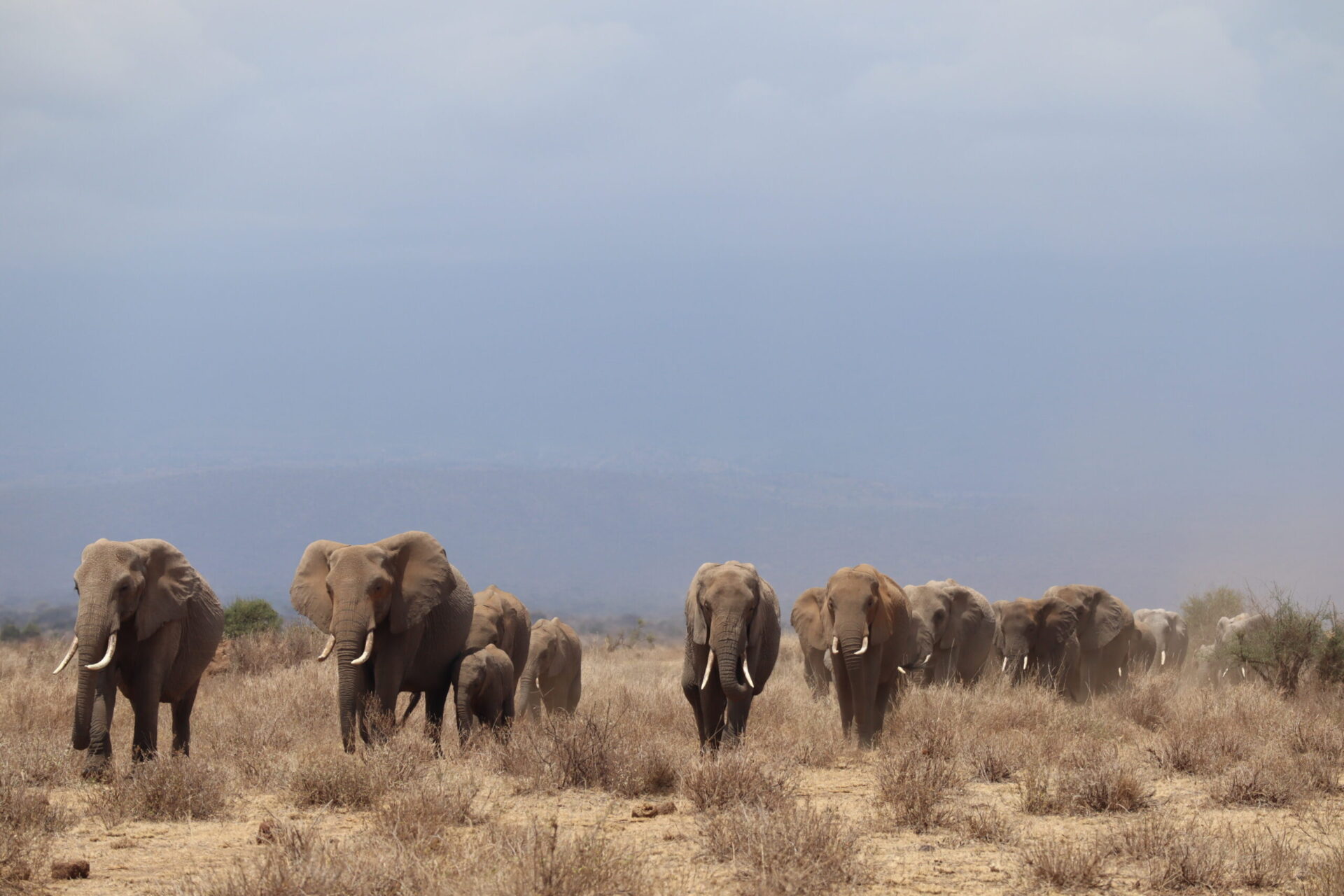

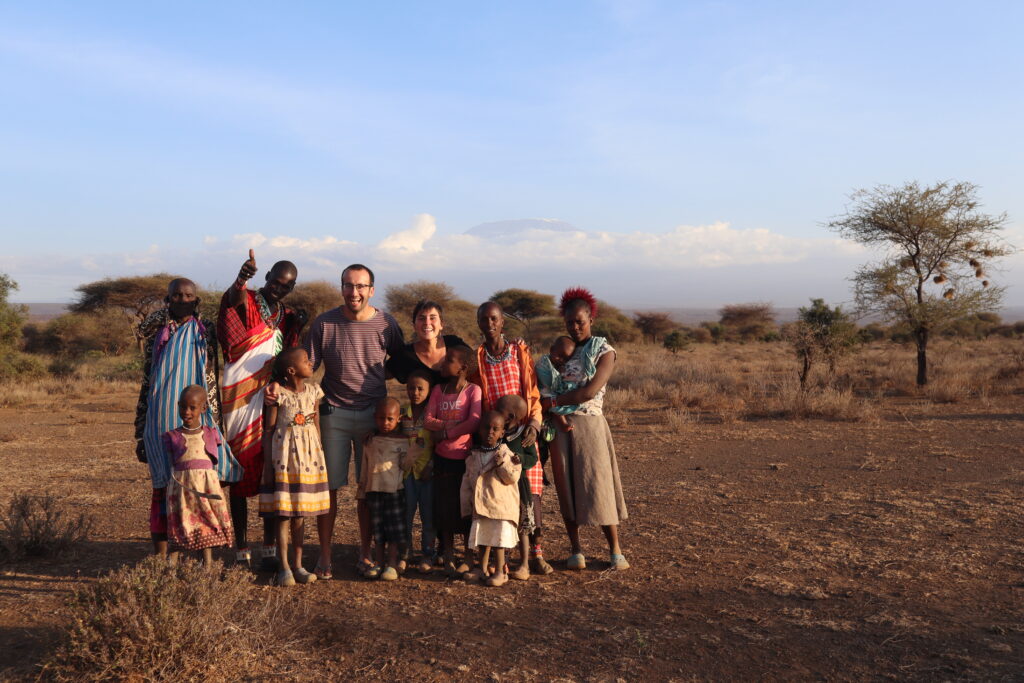
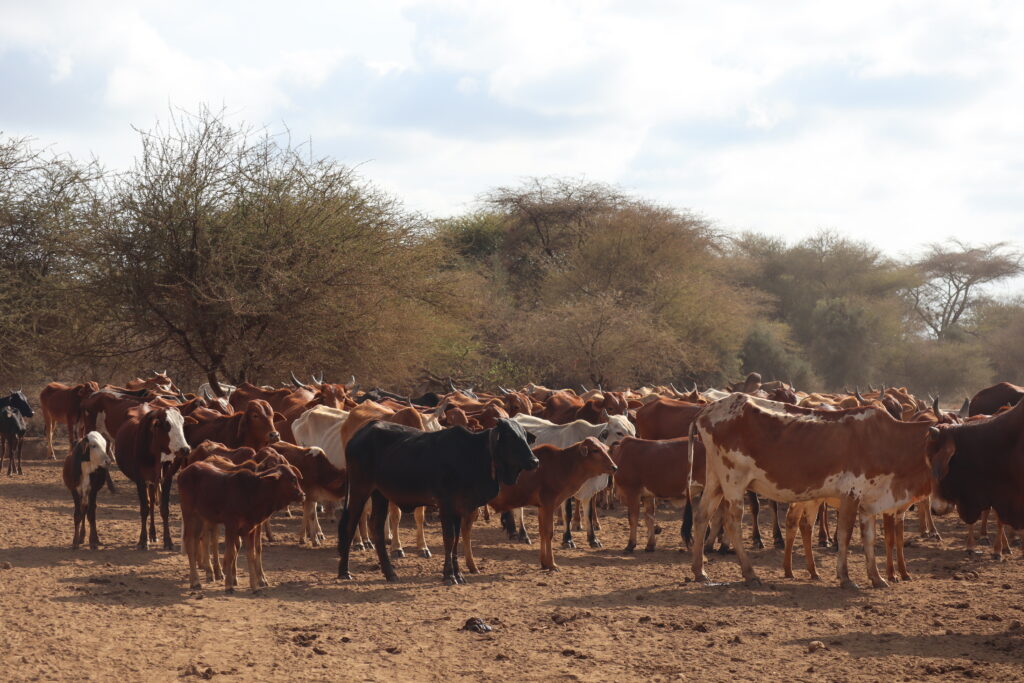

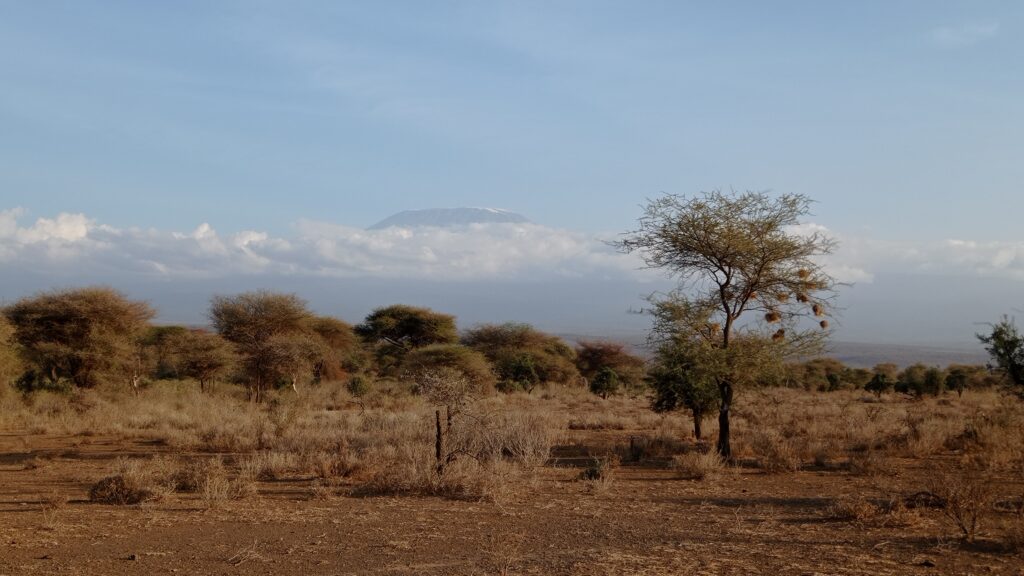
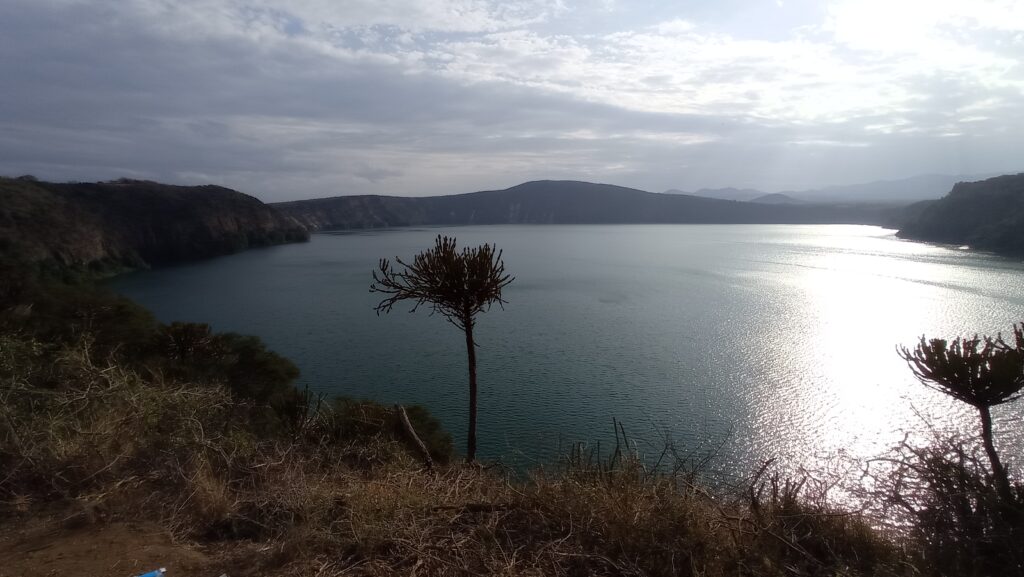

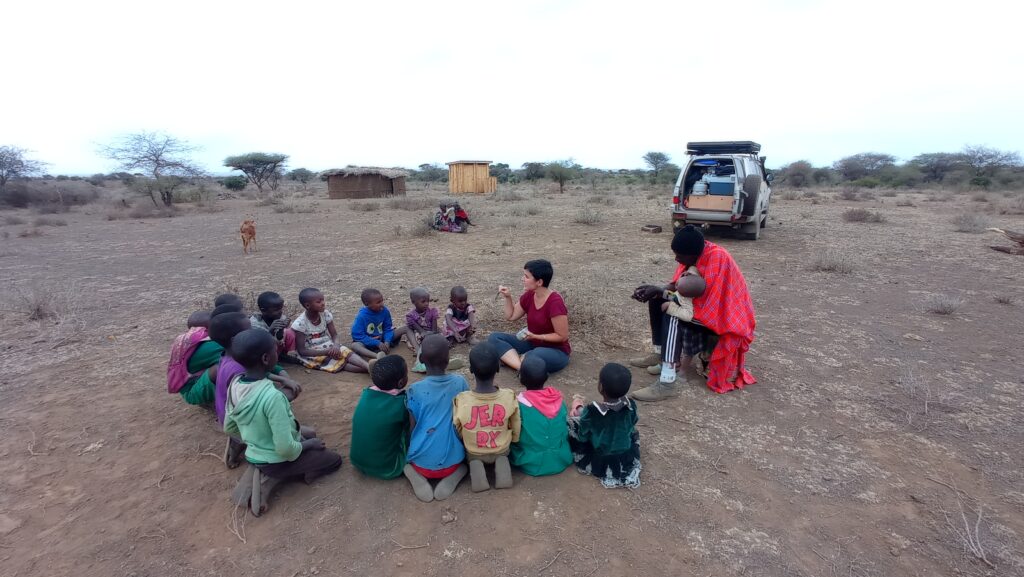
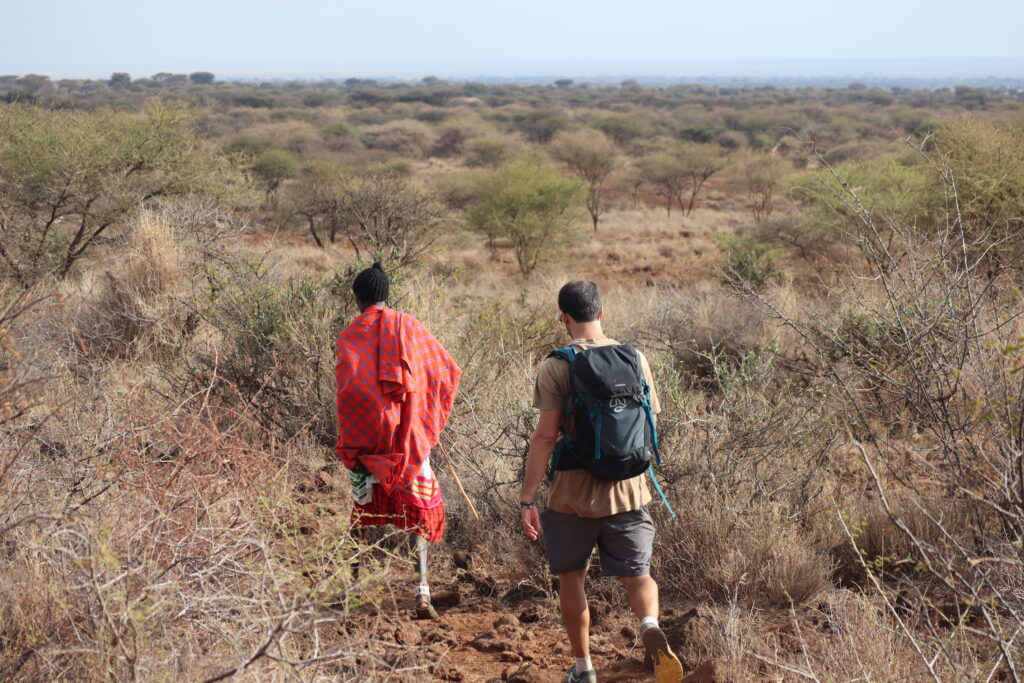

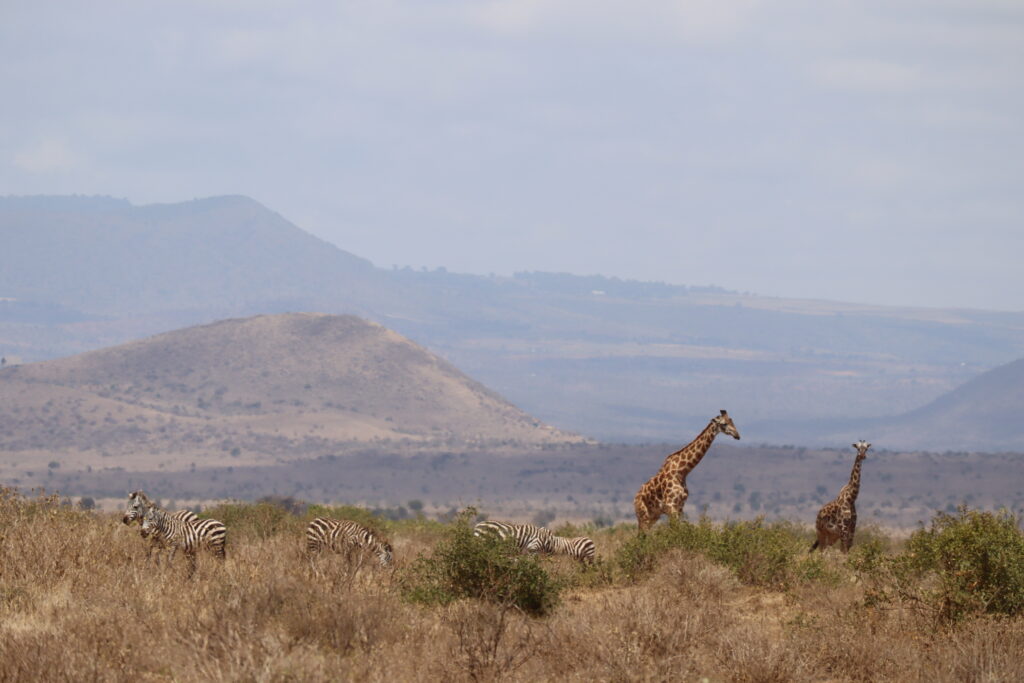
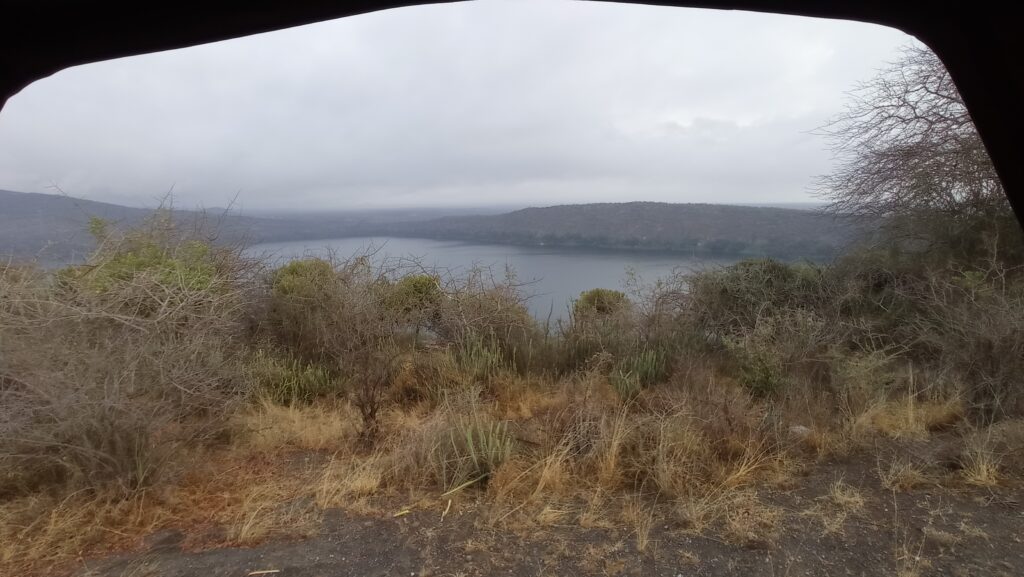
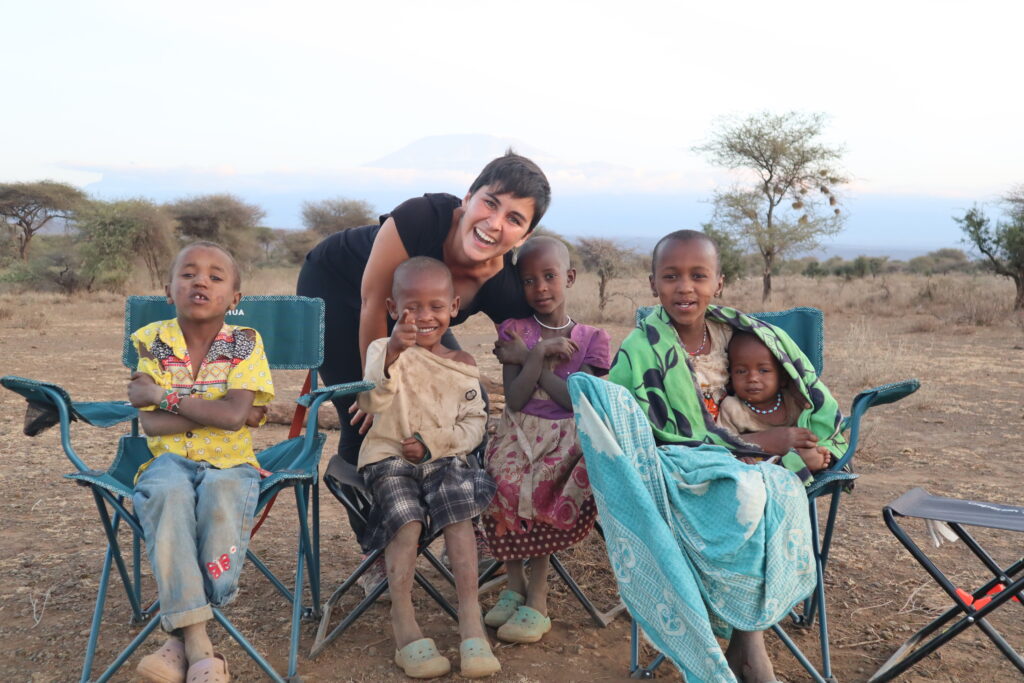

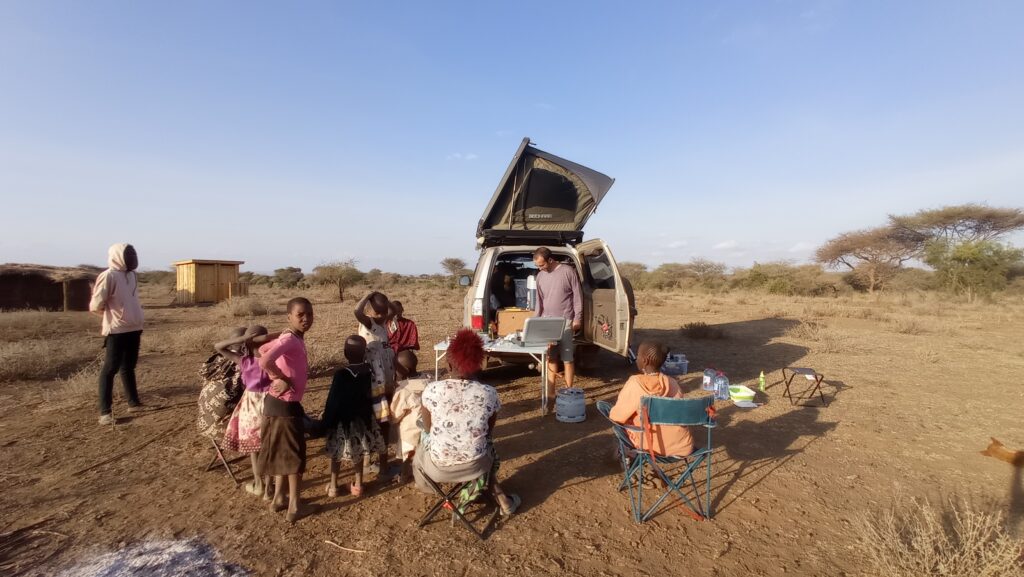

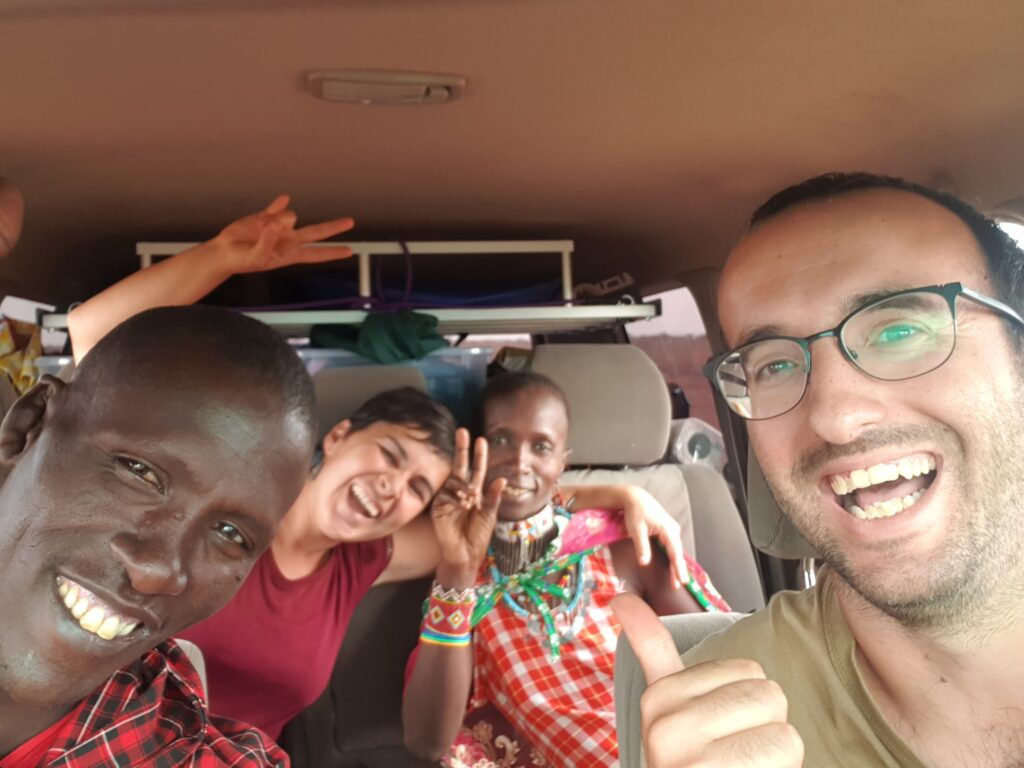
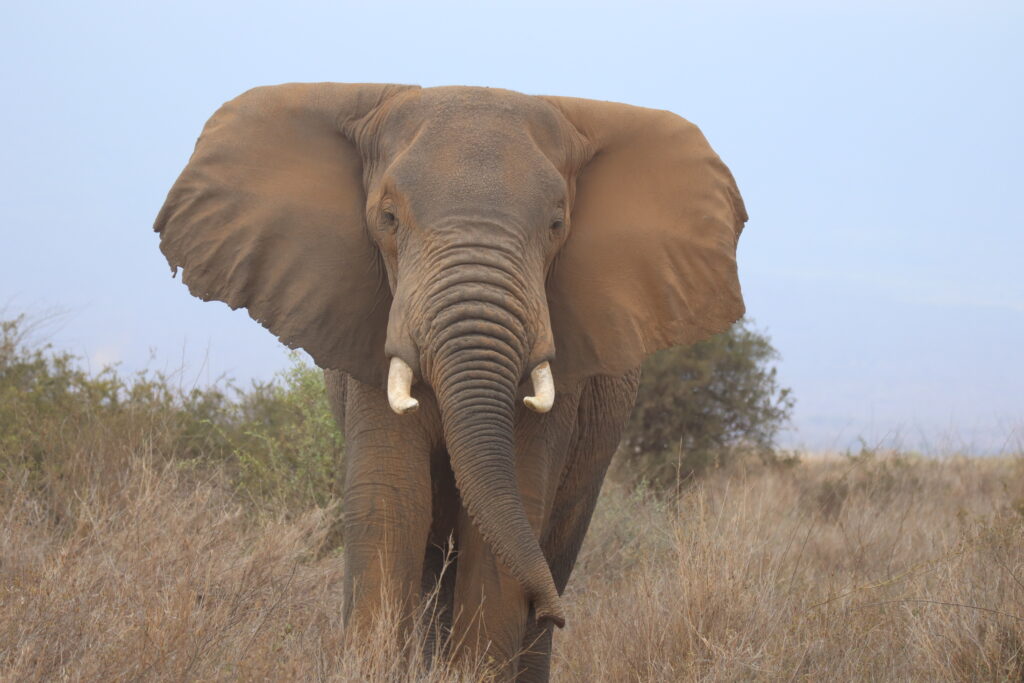
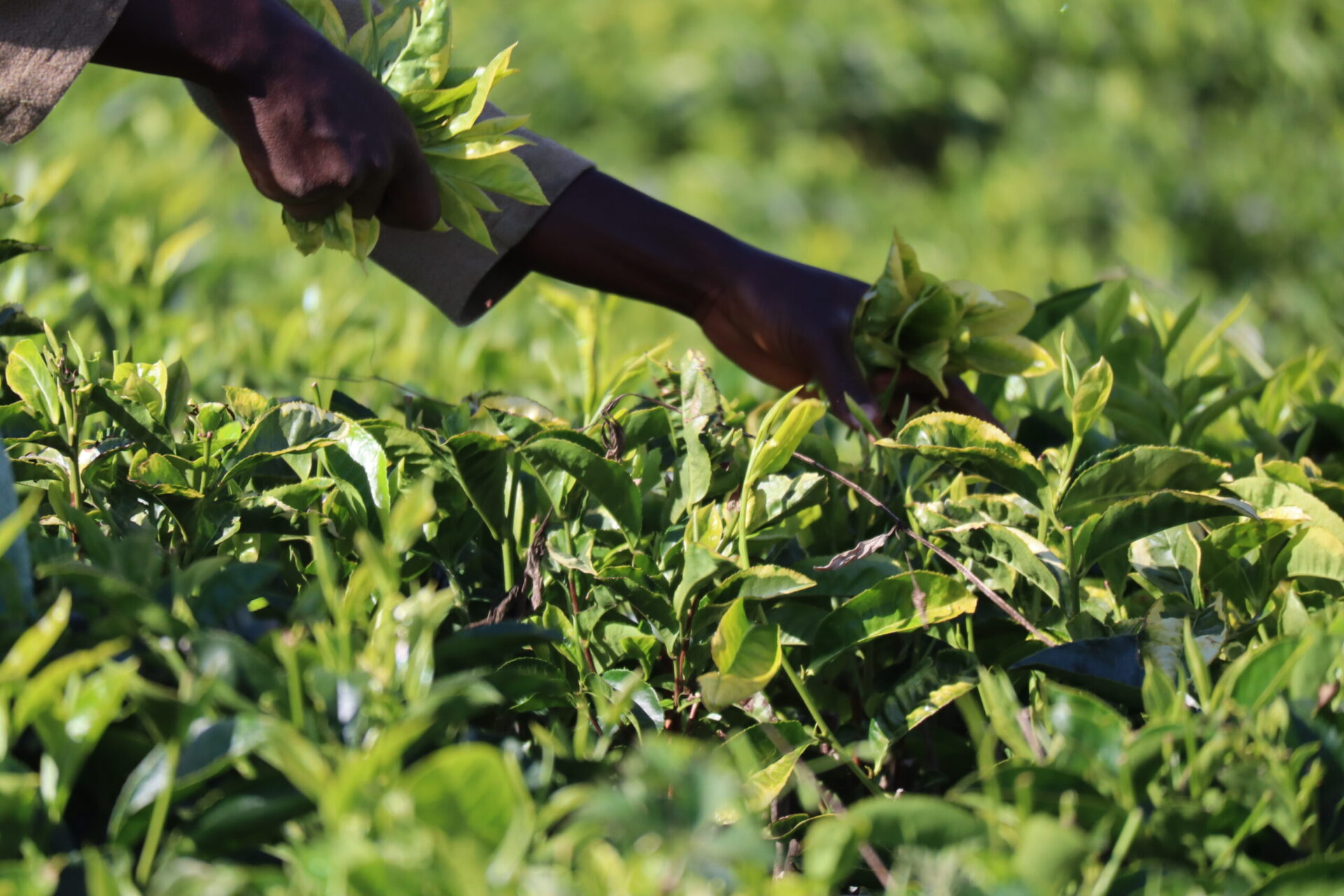

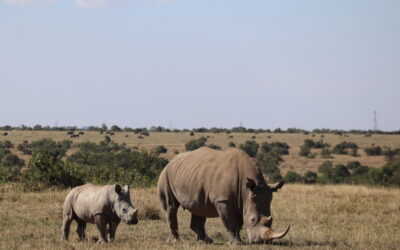
0 Comments